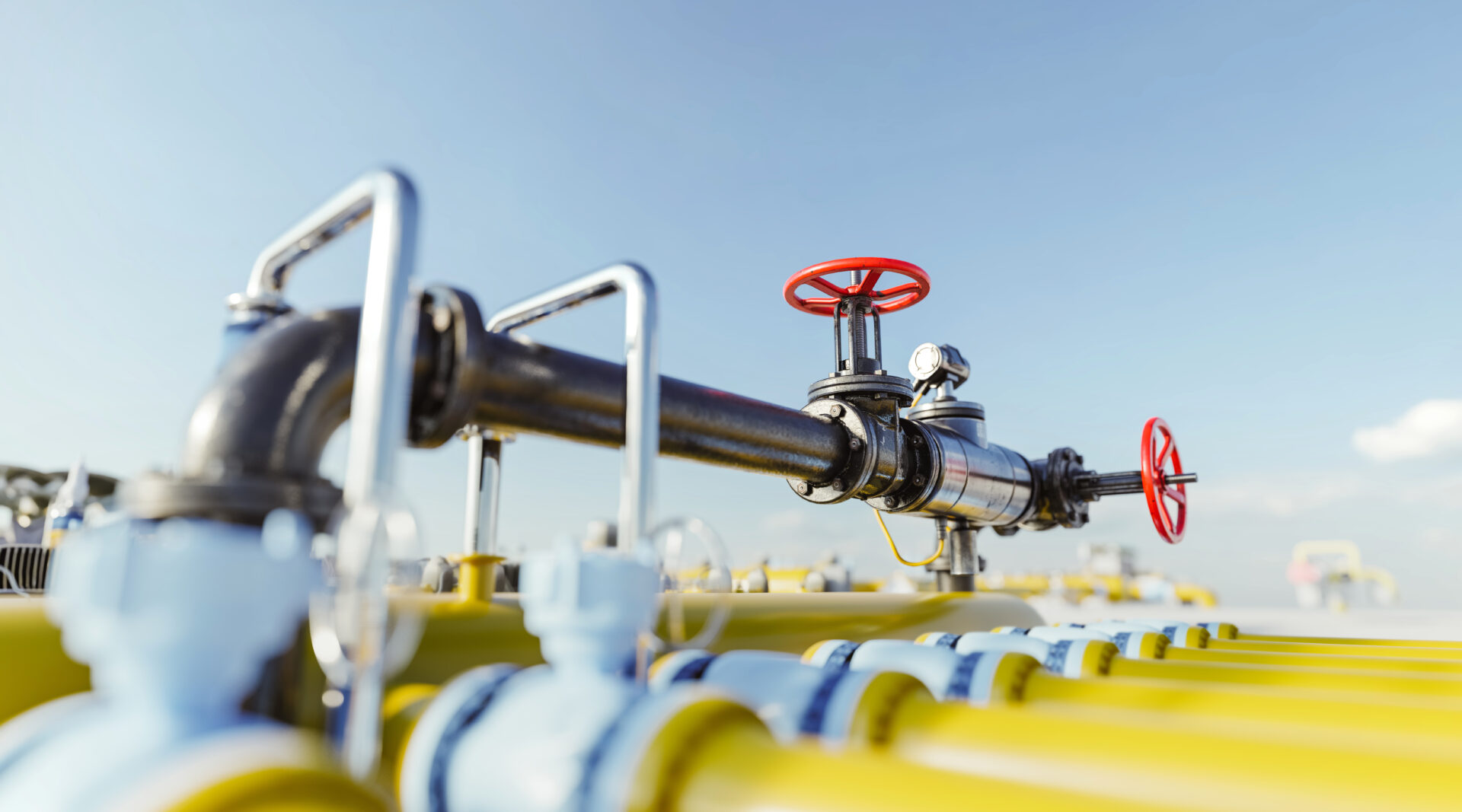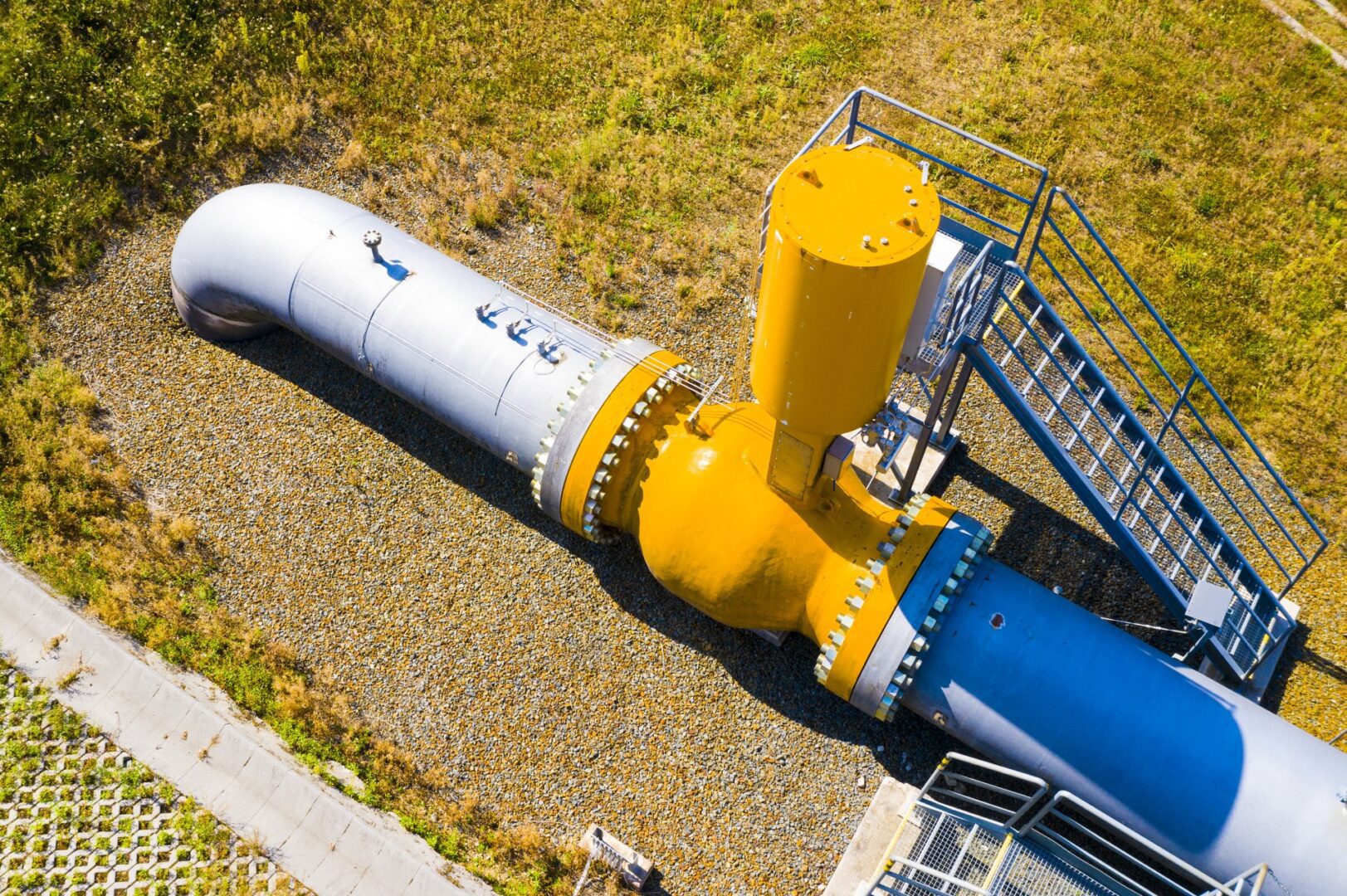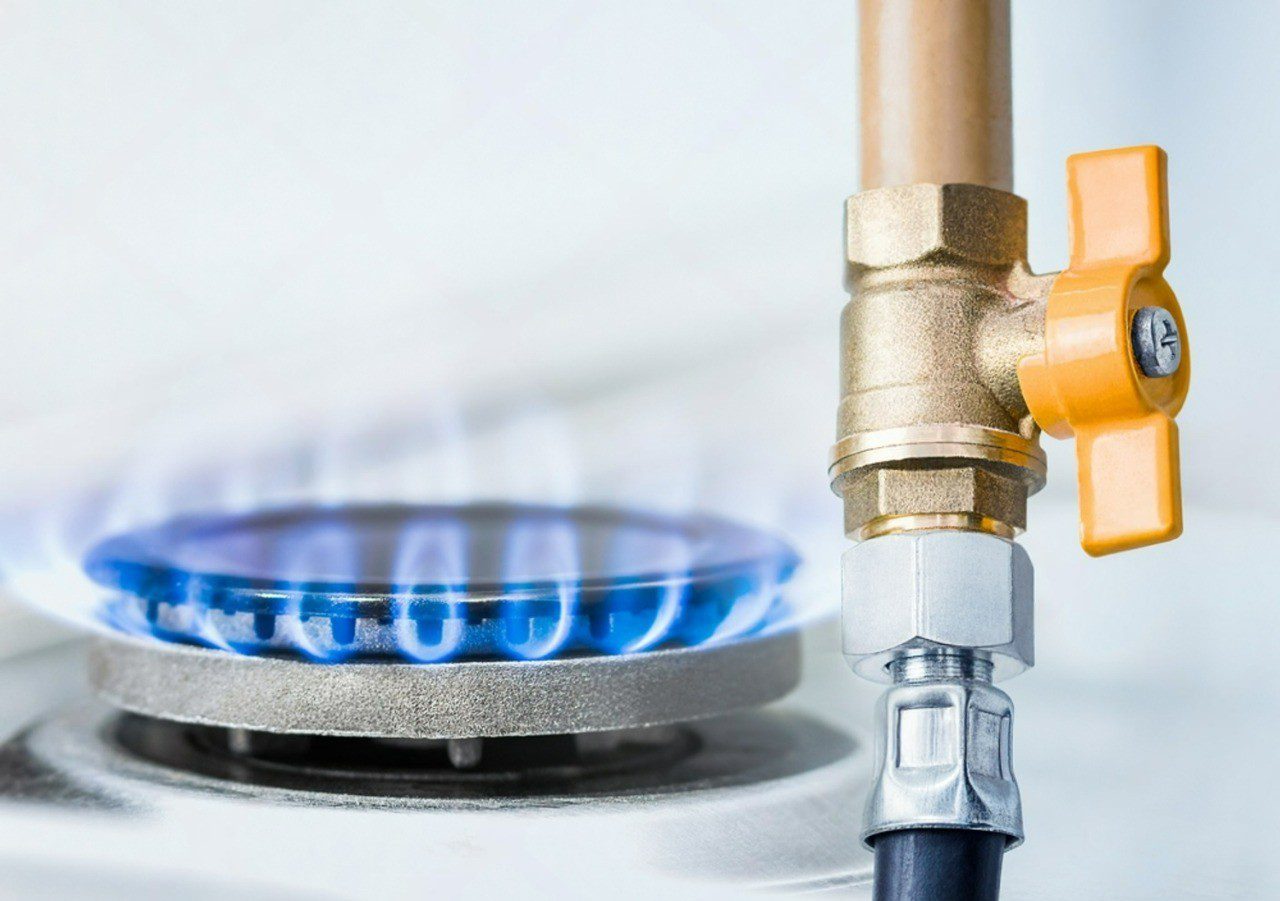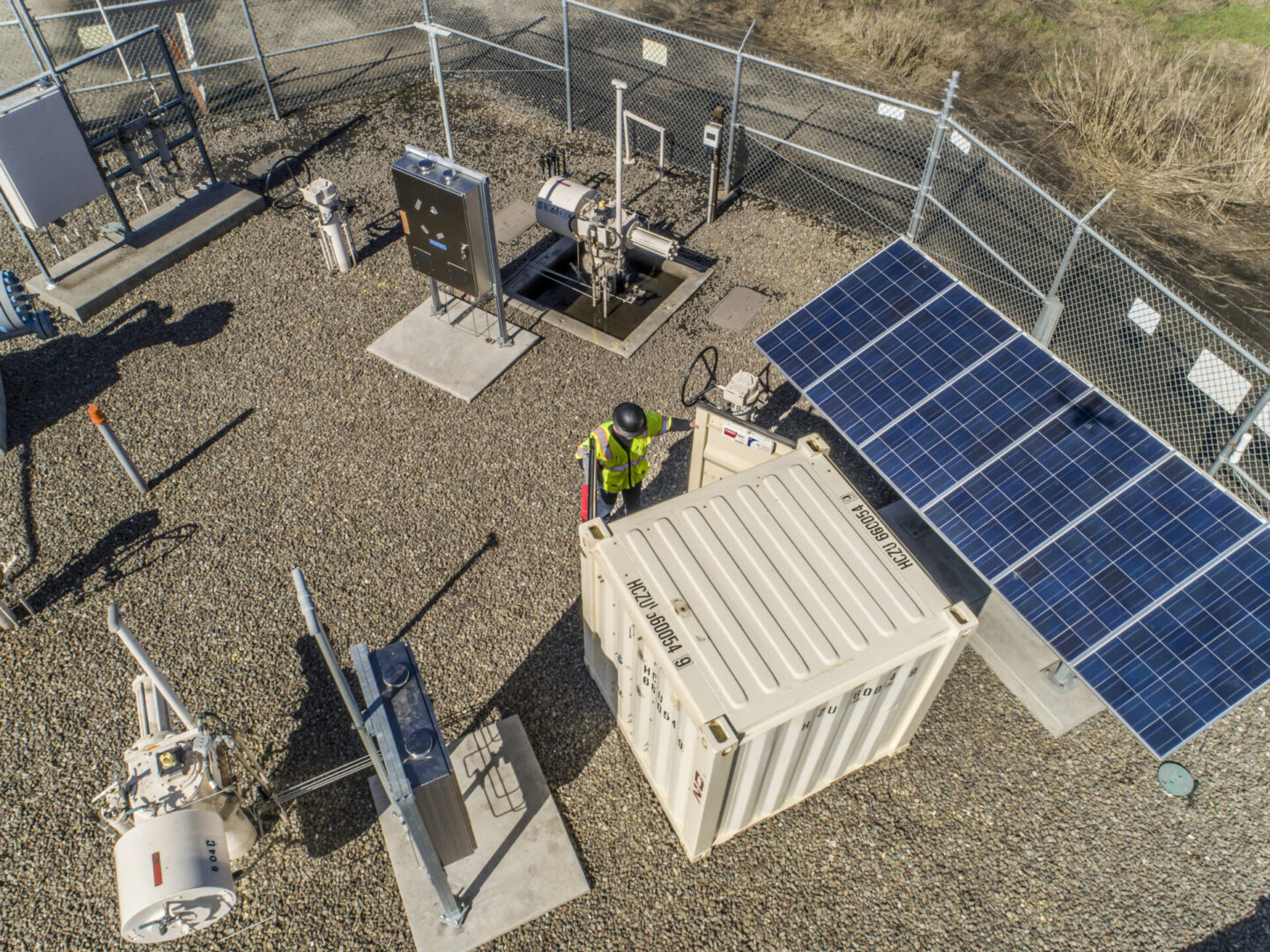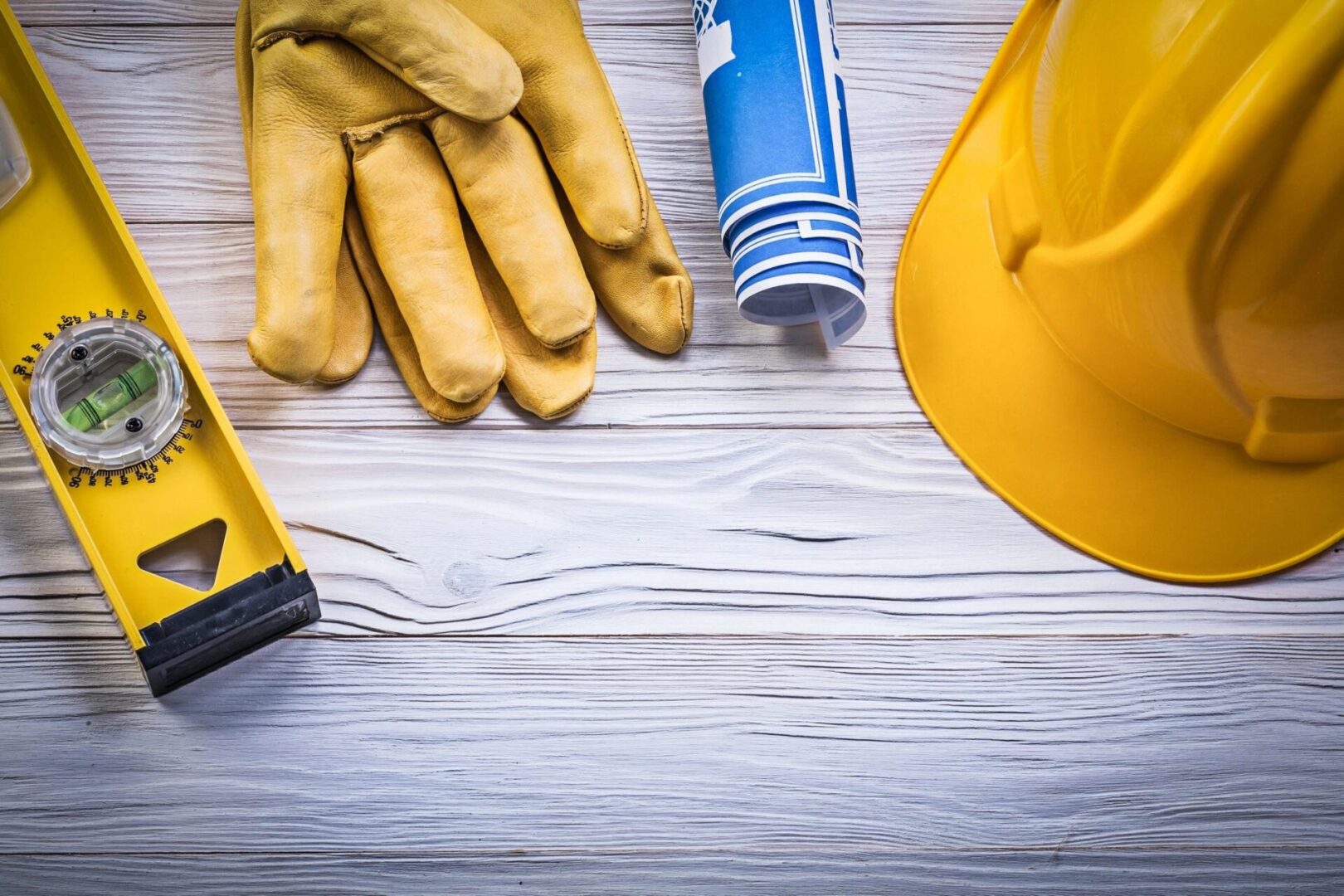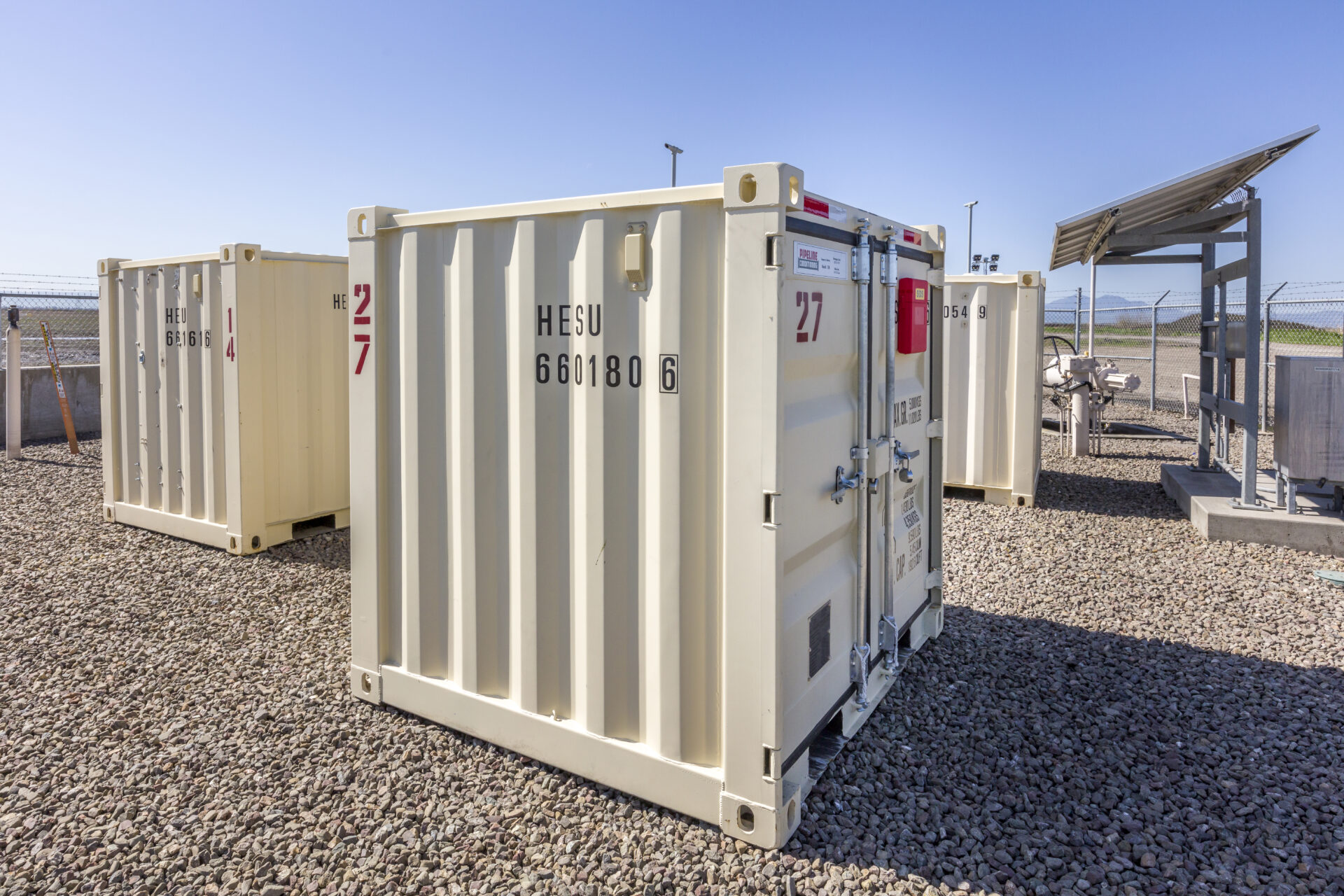
Temporary Odorization and Why Doing It Yourself Might Just Be Costly
The Hidden Costs of DIY Odorization: Why Expert Solutions Save Time, Money, and Risk
Quick problem-solving is everything in the natural gas world, especially when things don’t go according to plan. Temporary odorization isn’t just helpful—it’s one of the most commonly used tools in emergency situations, and it’s incredibly versatile. We see it used not only during unplanned repairs, but also for things like pipeline decommissioning, managing odor fade, and staying compliant during bypasses or pipeline testing.
If you’re in the gas space, temporary odorization plays a key role. It’s one of those solutions that, when done right, can save serious time, money, and liability headaches. Here’s a closer look at where it’s used, why it matters, and how trying to manage it in-house can sometimes lead to unexpected costs.
What Is Temporary Odorization?
Temporary odorization is a portable system used to inject odorant into natural gas when the permanent system is down or when there’s a short-term need to boost odor levels. It’s mainly used to maintain safety and compliance, whether you’re commissioning a new line, handling a bypass, or addressing odor fade during critical operations.
This method is frequently seen in situations such as:
Emergency Pipeline Repairs: Providing odorant to detect leaks while the primary system is taken offline.
Decommissioning Pipelines: Fulfills safety measures while a pipeline is maintained or disassembled.
Odor Fade Mitigation: Returns proper levels of odorant in the cases the gas has no detectable smell.
Bypass Systems: Keeps natural gas odorized during temporary pipeline reroutes.
Testing and Commissioning: Adds odorant to pipelines during pre-commission testing or maintenance.
Our Temporary Odorizers are portable, fast to deploy, and tailored to fit the needs of the operation.
Why Temporary Odorization Saves Costs
Unexpected costs usually come with emergencies and temporary conditions, but temporary odorization provides a way to decrease expenses while still ensuring compliance and safety:
Prevents Full Shutdowns: In many cases, it is not feasible to shut off a pipeline completely. Temporary odorization makes it possible for gas to continue flowing safely, and operators can proceed with the repairs or decommissioning.
No Permanent Infrastructure Changes: Installing or modifying a permanent odorization system for a short-term need can be prohibitively expensive. A temporary setup is far more cost-effective and efficient.
Reduces Regulatory Risks: The federal regulations, such as 49 CFR § 192.625, require that natural gas need to be odorized to detect leaks. Temporary odorization helps operators be compliant and avoid high fines.
Efficient Decommissioning: Keeping odorant levels during pipeline decommissioning makes sure any remaining gas can be detectable, thus it can reduce unnoticed gas leaks or hazards. Pipeline Conditioning can tailor a turn key decommissioning plan that takes all the planning and headaches from you.
Addresses Odor Fade: When gas loses its smell due to odor fade, temporary odorization provides a reliable fix. It’s a straightforward way to restore detectability and keep things compliant and safe.
Risks of DIY Temporary Odorization
Some firms quite often err in the assumption that a temporary odorization task can be “an extra duty” to one of their already stressed employees. This seems like a good way of saving costs, to transfer “the burden” to others, but this can be far more destructive than its repair. The following are the reasons:
It’s Complicated: Temporary odorization is not just connecting electrical devices. It requires precise calibration, constant adjustments, and ongoing monitoring to provide the proper odorant levels.
24/7 Monitoring: Flow rate is influenced by multiple factors—Flow rate, temperature, and pipeline conditions all play a part. Without proper monitoring, you risk under-odorizing, which makes leaks harder to detect, or over-odorizing, which can lead to false leak complaints and safety issues.
Increased Liability: If anything happens—whether it’s a spill, a single drop, a hiccup, or any kind of issue—the liability falls on your company. That’s a heavy risk, especially when things are already chaotic. At Pipeline Conditioning, we run constant leak checks and have a spotless track record. We’ve never spilled.
Burnout and Inefficiency: Temporary odorization that is viewed as a side project for your staff can result in errors, burnout, and missed details. This is a full-time thing that consumes fractured focus.
When businesses handle temporary odorization themselves, it often costs more than if they would assign it to an external provider. That’s where Pipeline Conditioning comes to the rescue.
Pipeline Conditioning – We Make Temporary Odorization Simple
At Pipeline Conditioning, we focus on providing straightforward and effortless temporary odorization. That’s how we do it for you:
Expert Installation and Calibration
With every member of Pipeline Conditioning being degreed engineers, we quickly and accurately set up and calibrate your system for temporary odorization. We make sure it fits your needs such as repairs, decommissioning, or odor fade mitigation.
We Handle 24/7 Monitoring and Support
Temporary odorization is something that requires constant oversight, and we are the ones to handle it. We manage round-the-clock monitoring, ensuring odorant levels remain consistent and compliant.
Safety Coverage
By outsourcing to us, you minimize your company’s liability. With a perfect safety record, we shoulder the responsibility of ensuring the system is safe and annotated to the existing standards.
Customized Solutions
Every operation is different. We create and implement systems that precisely meet your pipeline’s requirements, giving you what you need without the complexity of useless features.
Your Employees Can Concentrate
Your employees will be free to direct their efforts which will further improve the work productivity of your staff in the overall plan without becoming too stretched or burdened.
Final Thoughts
Temporary odorization, as a tool has the ability to address a variety of issues from emergency repairs, decommissioning, odor fade mitigation, and more, which in turn, can result in significant cost savings. Wearing this leadership hat is not a light task. The entanglement of installation, monitoring, and compliance Euclidean places a premium on proficiency – which is our whole and soul value. Beam us up with short-term odorization controlling and cast out all the worries and the pains. Reach out to Pipeline Conditioning today for more information on how we can help your operation.
Why “Good Enough” Odorization is Never Good Enough
We hear it all the time in this industry. “That’s good enough.” It usually comes up when someone wants to move faster, save money, or…
What to Do If You Smell Gas: Recognizing and Responding to Leaks
Natural gas is one of the major forms of energy used by humans today, but it is also the one most people fear due to…
Myths and Truths About Odorization
Odorization is one of the most important safeguards in the natural gas industry, but it is also one of the most misunderstood. We hear the…
From Pipeline to Stove: The Journey of Safe Gas
Every October, Natural Gas Week gives us a chance to step back and appreciate one of the most important energy sources in our daily lives.…
The Real Cost of False Leak Calls
When it comes to odorization, one of the most common mistakes we see is over-odorization. Some contractors think adding a little extra odorant “just to…
The Benefits of Partnering with a Specialized Odorization Service Provider
Expert Solutions for Safety, Compliance, and Operational Efficiency When trying to ensure the safety of natural gas pipelines, odorization is the topmost priority. The addition…
Job Safety Best Practices: Staying Safe in Extreme Heat
As temperatures climb, so does the risk of heat-related illness on pipeline projects. Whether you’re operating a valve trailer in West Texas or overseeing a…
The Importance of Pipeline Pickling for Residential Buildings: Keeping Urban Living Safe
Protecting High-Rise Residents with Proper Pipeline Conditioning and Odorization From the luxury apartments of Manhattan to the sleek towers of Los Angeles and Chicago, high-rise…
Steel vs. PE Pipes: Evaluating Costs and Material Selection for Natural Gas Pipelines
Selecting the appropriate material for natural gas pipelines is a critical decision that impacts both initial investment and long-term operational efficiency. Steel and polyethylene (PE)…
From Frustration to Foundation: How One Engineer’s Mission Became Pipeline Conditioning
From Frustration to Foundation: How One Engineer’s Mission Became Pipeline Conditioning In an industry where too many things are done out of habit, Pipeline Conditioning…


